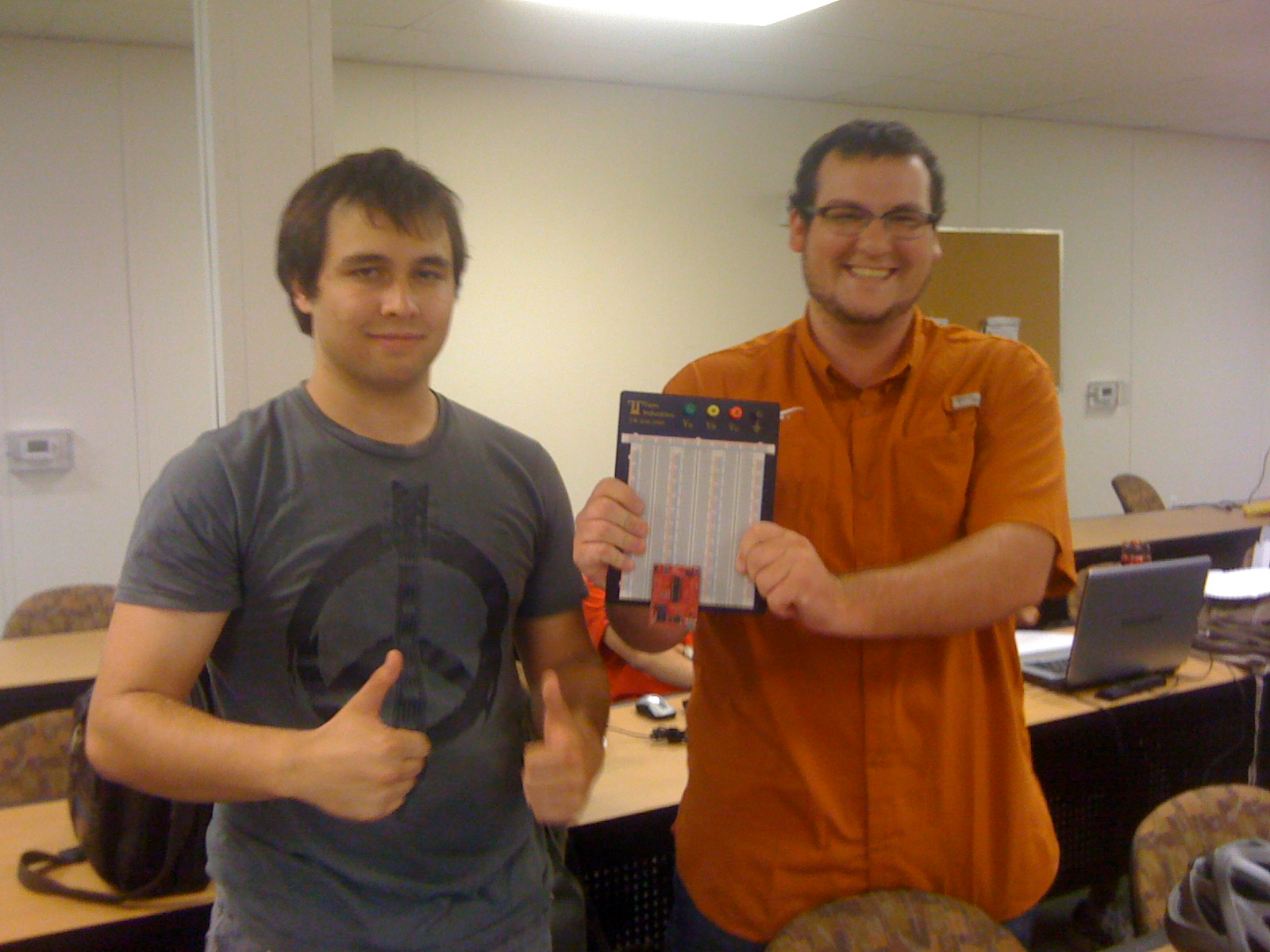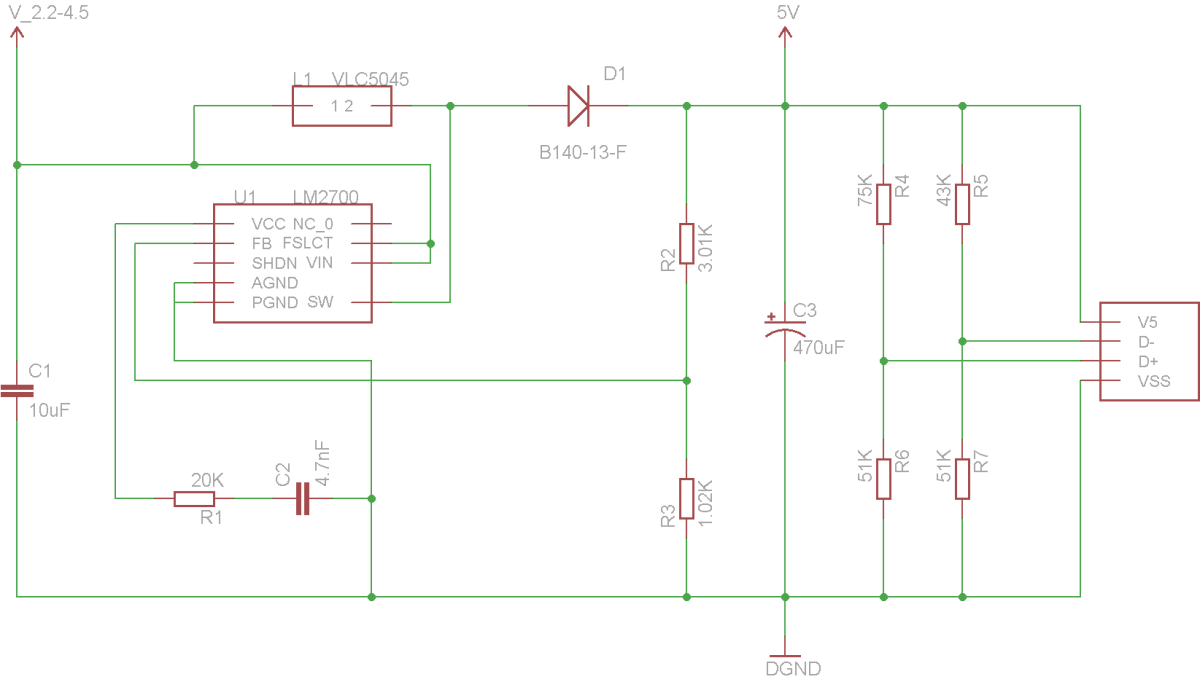Matt and I won a TI sponsored Launchpad programming contest that was held by the IEEE CS here at The University of Texas at Austin.
Here is the link for the details. In case the IEEE site goes down here is a screen cap of the page.

The idea was to create a simple secret knock security system that could record a knock “pattern” and then only unlock a door when the pattern was repeated. Only three hours where given for the competition and we where the only ones to finish everything in that time slot. They extended the contest another hour to permit more teams to finish. More details about the contest can be had by downloading the packet they gave us.
http://www.youtube.com/watch?v=WrIKSftj4l4
Code
main.c
The code is a bit rough around the edges and the bulk of the program happens in the timer interrupt (which is a no no) but for only 3 hours to solve, design, program, and debug a solution; sloppy code is a bit expected.
Points where awarded based on a few areas.
Points:
Your solution will be graded and scored on the following categorizes
1) Time it took for your team to create the solution and produce a working
prototype to the Company.
a. Every 1 min is -1 pts
b. Ex: if you finish in 1:30 in you will get -90 points
2) Working prototype: after you submit your prototype to the company,
Quality Control will take it into their lab and run test on your system. Their
test will not exceed the specified requirements and each test you pass you
will get +10 points to your score. (MAX 80pts)
3) Documentation: As in any real project you should keep a good record on
how you came up with your idea for your solution. This is to keep the
company safe from legal problems, have a record of our intellectual
property.
a. Submit your code
b. Submit any notes
c. Document any resources for the internet
d. Instruction Manual
Our legal team at the company will take a look over and award points
(MAX 10pts)
4) Creativeness of the solution: When you submit your solution to the
company, your manager will take a peek at your solution. If you solved it in
a new and ‘creative’ way, this many include additional functionality, more
efficient algorithms, or intuitive (easy to use) interface. (MAX 30pts)
5) Cost: The Company does have a parts store. You will be able to buy extra
parts such as button kits and if you burn out your chip you can buy a new
one.
Help:
If you get stuck we do have an internal consulting group which will help you but
for a cost of 2pts per 1 min. This is not for questions about the contest or
questions about the problem; this is for help solving the problem.
We scored 65 points where the nearest team behind us only scored 22 points. We dominated the competition. The judges loved the simple interface and the admin password setup. The code was fairly changeable so you can adjust the precision of the knock (humans are not robots) and how long the passwords are. Teams that did finish had no where near the feature set our solution had.



